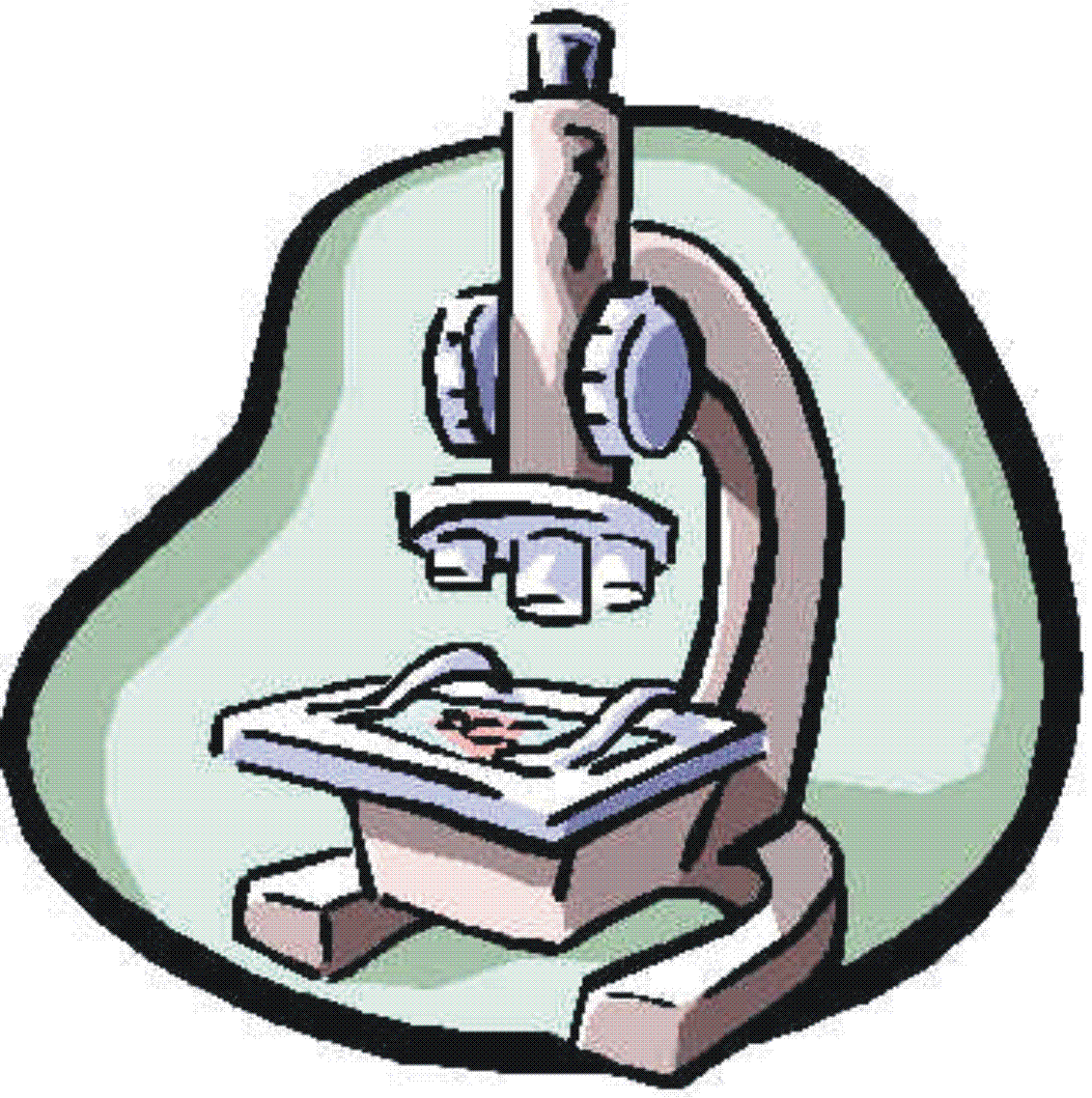
1) On the extension of the methods of Harmonic Analysis with the application of the technique of Daniel Integration. (1992).
In this paper we show that by applying the Daniel scheme of integration , we get new results in harmonic analysis, and in particular Fourier Transformation in the non-separable Hilbert space ,which is obtained by extension of the almost periodic functions.
2) Differential and Infinitesimal Calculus on finite multi-resolution number systems. (2002)
In this paper we introduce resolution-sensitive differential and infinitesimal calculus on finite lattices or grids. The finite lattices or grids in the rational numbers , are considered as algebras with addition , multiplication , order and rounding equivalence relation as equality. Such algebras are called finite resolution-fields A differential calculus, in order to be defined requires at least two resolution fields, a basic for the definition of the values of the function, and a secondary for the definition of the first derivative. Any higher derivative requires a resolution of not coarser equal pixels (usually finer) . The size of the pixels are the keys of the resolutions specific, differential calculus. Continuity, differentiability and solvability of differential equations by functions ,is always only up-the specific (variable or unspecified numerically in same cases but fixed!) resolution keys! There is a resemblance with E. Nelson's (in Princeton) internal and external real numbers except that the present approach is strait, elementary, transparent and does not require concepts like models of set theory or even axioms of logical character. It also reminds something of the analysis on surreal numbers, except the present is the final state and interpretation of similar as the previous creative formulations. Any ordinary or partial differential equations is understood as, an equation of the rounding equivalence relation of the basic resolution. Even with fixed boundary or initial conditions the determination of a solution function is only up-to-the rounding equivalence relation. Simple and obvious algorithms produce and propagate on the resolutions such functions practically for any ODE, or PDE , of implicit or explicit forms, such that they satisfy the defining differential equations. (In a plotted function on a resolution the roots are found simply with "find" command of the list in the computer). There is not at all any need to consider disctetization in to difference equations, then piece-wise linear approximations, then convergence of solutions, rates of convergence etc, as such questions are of a different conceptual approach. They are substituted, by the requirement that at each step the algorithm that produces the solution, must verify that the (up-to-rounding) initial equation does hold. Any function is always defined only up to the key-resolutions. This approach does not make the distinction between symbolic calculus or analysis and numerical analysis. It is simply a symbolic calculus which is exactly a numerical calculus too! This restores the original intention of the technique of differential calculus, which was a complexity reduction tool, in computations, and not just the reverse, that has resulted in the present research, which is mainly carrier-seeking through publications, and redundant complexity multiplier. What is remarkable, is in addition that functional analysis calculus is also handled in the same way, which puts theorems, and applications at the same area, and proves unfortunately much of the contemporary analysis either meaningless or of overwhelming redundant symbolic complexity not interpretable for computations and applications. This is even more dramatic at the case of stochastic differential calculi. We discus applications in physics, micro and macro economics, especially in cases, that the usual differential calculus through limits , gives contradictory differential equations for the same phenomenon!. A phenomenon may have system of equations on high resolutions, and some of its equations may turn in to null as the resolution gets coarser. This is a concept of layered or hierarchical, in respect to resolution, system of equations or laws of social or physical phenomenon. The hierarchy, depends on the hierarchy of resolutions or accepted quantitative accuracy or significance level.
